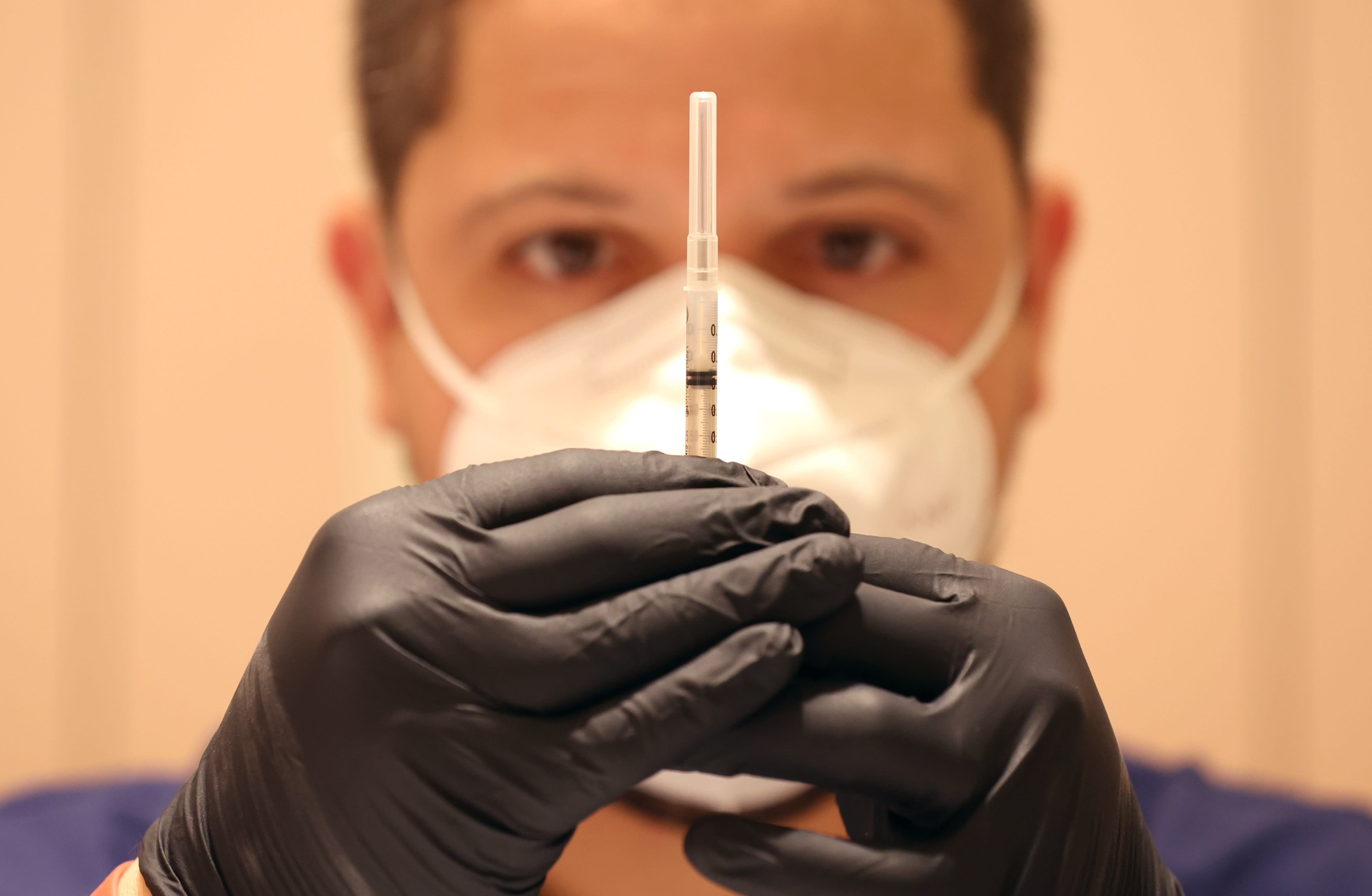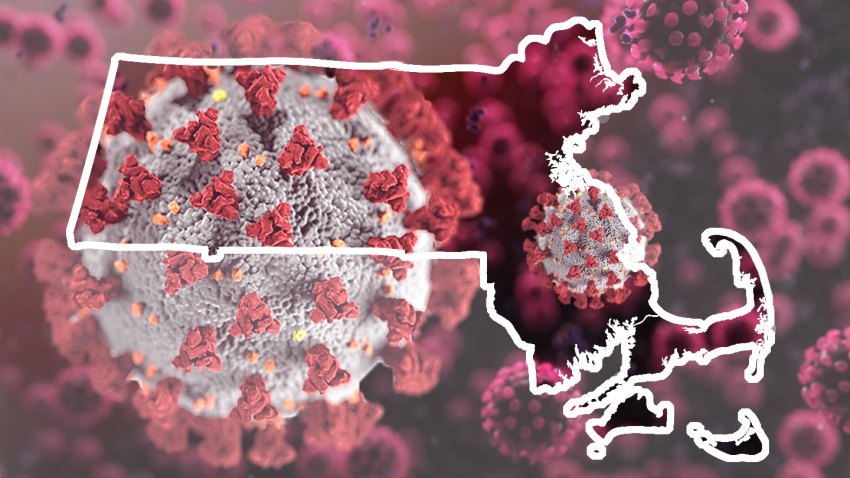
Two omicron subvariants of the highly transmissible BA.2 strain are continuing to fuel significant community spread across New England.
The emergence of subvariants BA.2.12 and BA.2.12.1, both sublineages of the BA.2 strain that some have described as the most contagious version of COVID yet, comes as that parent subvariant intensifies its already-dominant grip on America and New England.
Centers for Disease Control and Prevention data now puts BA.2's prevalence at almost 98% of cases in New England. That's compared to about 97% nationally.
BA.2 is said to be inherently more transmissible than the original omicron strain — perhaps the most contagious form of the virus to date, according to a WHO official — but has not been scientifically linked to more severe cases or proven to be more vaccine-resistant to this point, which is cause for caution but no alarm, experts say.
Get New England news, weather forecasts and entertainment stories to your inbox. Sign up for NECN newsletters.
Anecdotally, reported symptoms are often exceptionally mild — like those common with an innocuous cold that wouldn't otherwise lay people out. In the case of BA.2, though, positive tests could last for days, complicating matters for a region and a country fervently trying to reassert its footing amid the pandemic recovery effort.
Where in Massachusetts is community transmission the highest?
Outside of the Northeast, only a handful of America's more than 3,200 counties are considered high risk by the CDC, based on the latest data from its community level threat tracker. Most of U.S. counties are still considered low risk.
Parts of Massachusetts, though, are now in the CDC's medium-risk zone. In fact, three new communities moved into the medium risk category in the latest data set released last week.
Counties now designated as medium risk include Barnstable, Berkshire, Hampshire, Hampden, Middlesex, Norfolk and Suffolk, according to the CDC's website. The rest of the state is still considered low risk.

What about the rest of New England?
In New Hampshire, Grafton and Sullivan counties are designated as high risk, while Carroll, Cheshire, Coos, Hillsborough, Rockingham and Strafford counties are medium risk. The state's other three counties are considered low risk.
In Vermont, seven counties are now designated as high risk, including Bennington, Chittenden, Franklin, Grand Isle, Lamoille, Orleans and Washington. Caledonia, Lamoille, Orange and Windsor counties are all medium risk. The rest of the state is low risk.
Maine's Aroostook County remains high risk, while Franklin, Knox, Lincoln and Sagadahoc counties are listed as medium risk.
In Connecticut, New London County is listed as medium risk, and the rest of the state is low risk.
All of Rhode Island is currently designated as low risk, down from medium risk a week ago.
Residents in counties with a high level of community spread are urged to wear masks indoors in public and on public transportation, to stay up to date with vaccines and to get tested if they have symptoms, according to the CDC.
Residents in areas with a medium level of community spread are encouraged to wear a mask if they have symptoms, a positive test or exposure to someone with COVID-19. Anyone at high risk for severe illness should also consider wearing a mask indoors in public and taking additional precautions, the CDC says.
Across the U.S., cases are nowhere near the pandemic peak of about 800,000 new cases a day that were reported in mid-January. Still, cases have started edging up nationwide in recent weeks and some areas of the country are seeing localized surges.
Brigham and Women's Hospital's Chief of Infectious Disease Dr. Daniel Kuritzkes said last week that while Passover and Easter are behind us, there are more events coming that could cause a surge in cases.
"The next big event is Memorial Day, where lots of people get together, as well as all the college graduations so those could potentially fuel a spike in cases," he said. "After that, the next event is typically the Fourth of July weekend where people get together. For both commencements and Fourth of July, to the extent that these are largely outdoor events, they are potentially a lot less concerning then when people gather indoor in large numbers. But (the spike may come when) people moving from one part of the country to another part of the country may be bringing in infections, and then when they are together at people's homes or bars and hotels, that is where you can see spread begin even if the event is held outdoors."



